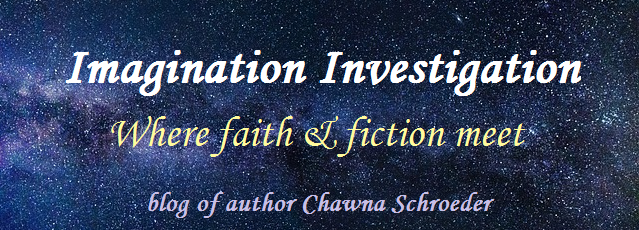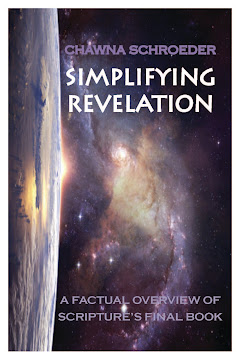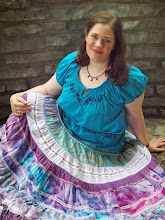Where do you start a story?
The question sound simple enough, and the answer obvious: You start at the beginning.
But where is the beginning? Where is the downbeat that triggers the whole cadence of story? At the main character’s birth? At a civilization’s creation? At the beginning of time?
While each of these can be the starting place and have been for some best-sellers, those are the exception rather than the standard.
So where do you start the journey of the hero?
In most cases, story starts shortly before everything changes for the main character. This is called “The Ordinary World” in the hero’s journey.
Why not start the moment everything changes?
Again, while that can be and is done, ordinary world provides us three very important things:
1. Time to build rapport with the main character. If I don’t like—or at least grudgingly respect—the main characters, I won’t care what happens to them. Ordinary World lets us see the characters as they are, before the stresses of plot start to change them, for bad or for good.
2. A foundation for why a change is life-altering. A dead body may not be earth-rocking to a city cop, but could forever change the life a new wife, especially if that body is her husband. On the other hand, most of us would consider picking up the mail or running to the grocery store insignificant, even mundane. But to the agoraphobic, circumstances that push her to such tasks could be the source of infinite conflict.
3. A standard to judge growth—or the lack thereof—in a character. Unless you know what the character has been, how can you see the difference of what he or she has become by story's end?
Ordinary World doesn’t need to take long, nor should it: a few pages at the book’s beginning, five minutes (or less) of a movie might be all that’s needed. But it must exist. Without it, we have no reason to care about what happens next.
Monday, October 12, 2009
Subscribe to:
Post Comments (Atom)




No comments:
Post a Comment